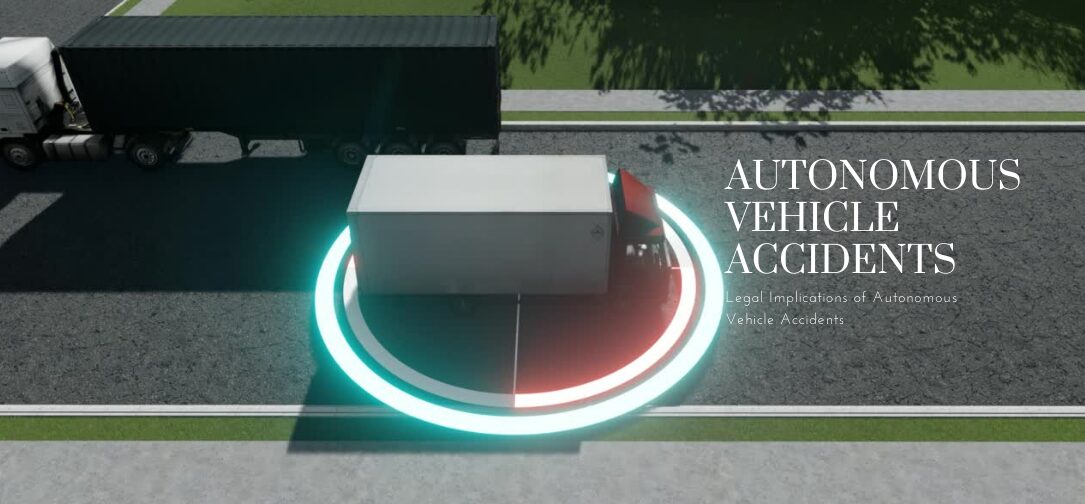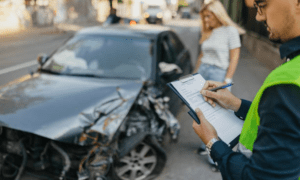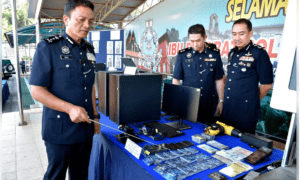In April 2025, the United States Department of Transportation (DOT) announced a series of changes to the regulations governing the autonomous driving industry. According to Secretary Sean Duffy, his federal agency is promoting an agenda of innovation and safety standards; to that effect, he recently explained that he wants to give automakers and developers of self-driving technologies more flexibility in terms of accident reporting.
The previous DOT rules for reporting road traffic accidents involving advanced driver assistance systems (ADAS) directed automakers and research teams to submit full reports to the National Highway Traffic Safety Administration (NHTSA) if the vehicle had to be towed away. The reports had to be submitted within 24 hours to avoid penalties. The current situation extends the reporting deadline to five days; moreover, it only demands reports in case of fatalities, hospitalizations, major injuries, or if at least one airbag was deployed.
Road traffic safety advocates criticized the DOT’s relaxation of rules as a political concession to Tesla Motors and its CEO Elon Musk, who was actively leading the controversial Department of Government Agency at the time. According to NHTSA data analyzed by the Craft Law Firm of Houston, Tesla models have been involved in almost 55% of ADAS accidents since reporting began in 2019. Although the DOT has affirmed that a national framework to regulate liability and insurance issues is needed, watchdog groups are concerned about how this will be managed.
The Current State of Self-Driving Liability in the U.S.
To understand how liability stands in 2025 as it applies to self-driving accidents, it is important to grasp the levels of autonomy. ADAS ranges from Level 1, traditional cruise control, to the Level 5 automation of the Waymo robotaxis roaming San Francisco.
Level 2 is also known as partial driving automation. The vehicle can control both steering and acceleration under certain circumstances, but the driver must constantly monitor the environment and be ready to take over. Let’s say a Tesla Model 3 driver activates Full Self-Driving (Supervised) mode, which is Level 2 ADAS; in case of an accident, human liability would prevail even in no-fault jurisdictions such as Florida and Michigan.
When we get to Level 3 ADAS, the automation increases from partial to conditional. This means that vehicles can handle all aspects of driving in specific situations. Although drivers do not need to continuously monitor the road and engage with their vehicles when Level 3 is active, they are strongly encouraged to do so by the automakers. This raises a liability issue that German automaker Mercedes-Benz is handling interestingly with its Drive Pilot ADAS; essentially, the company accepts liability claims for accidents when the system was engaged. Many states, such as California, liability in car accident claims can be shared by more than one party, including drivers, car owners and car manufacturers.
From Conditional to Full Driving Automation
Level 3 and Level 4 ADAS are currently in a gray area concerning accident liability; to this effect, the Mercedes-Benz Drive Pilot ADAS is both a pioneer and an outlier. It is too early to assume other automakers will follow this example of accepting some level of liability. All the same, the legal framework to assign liability would need to evolve as ADAS technology continues to develop. Some legal analysts think the NHTSA will trail behind state regulators when making liability determinations.
Waymo is the only business entity authorized to operate Level 4 and Level 5 ADAS in the U.S. The company’s taxis are restricted by geofencing and other electronic restrictions. Under this driverless scheme, Waymo and its parent company Alphabet, which also owns Google, would be the primary liable party in case of a robotaxi accident. Autonomous taxis are designed to operate without a human driver; they make driving decisions based on the research, development, and coding of Waymo engineers. Therefore, any negligence leading to self-driving accidents would likely spring from the Level 4 and Level 5 ADAS technology.



































